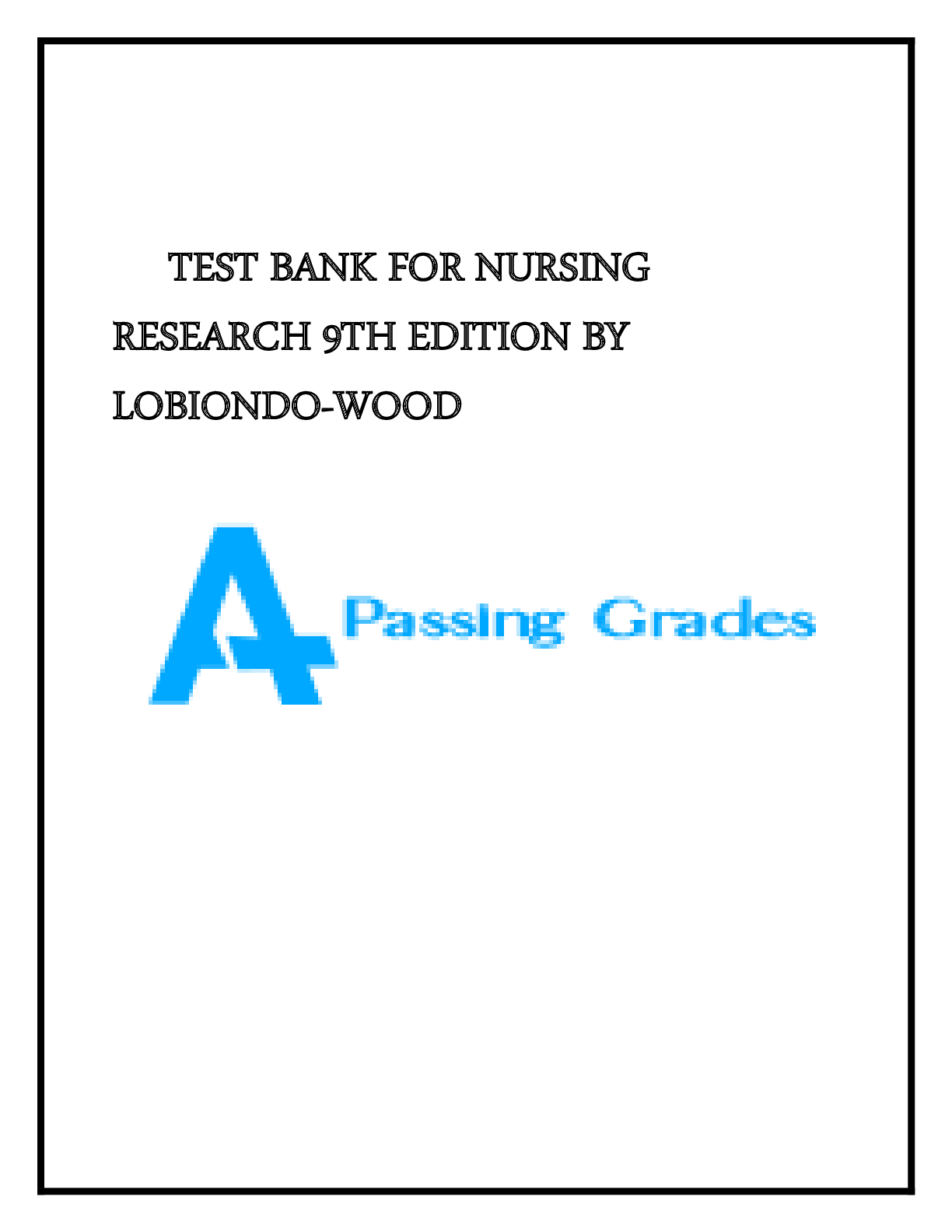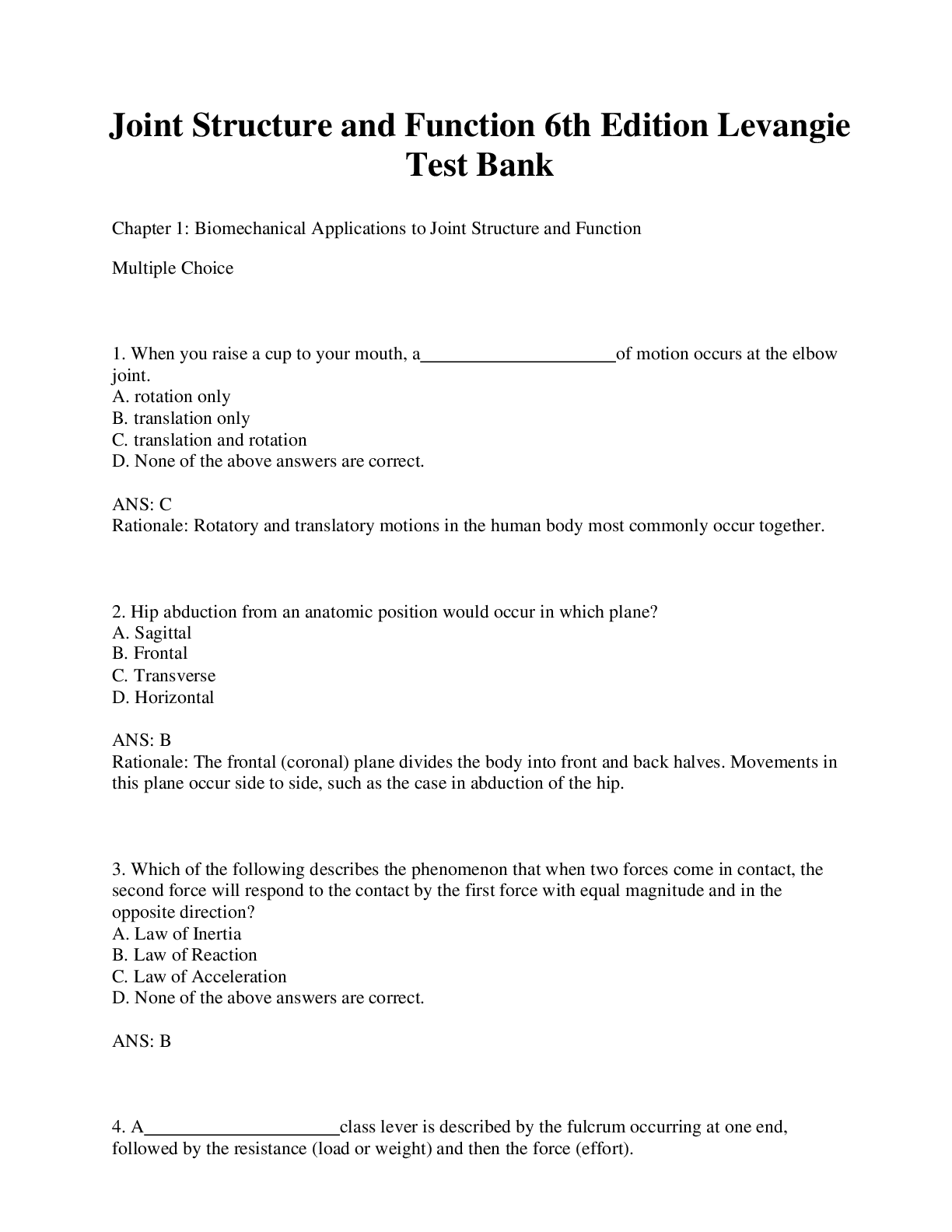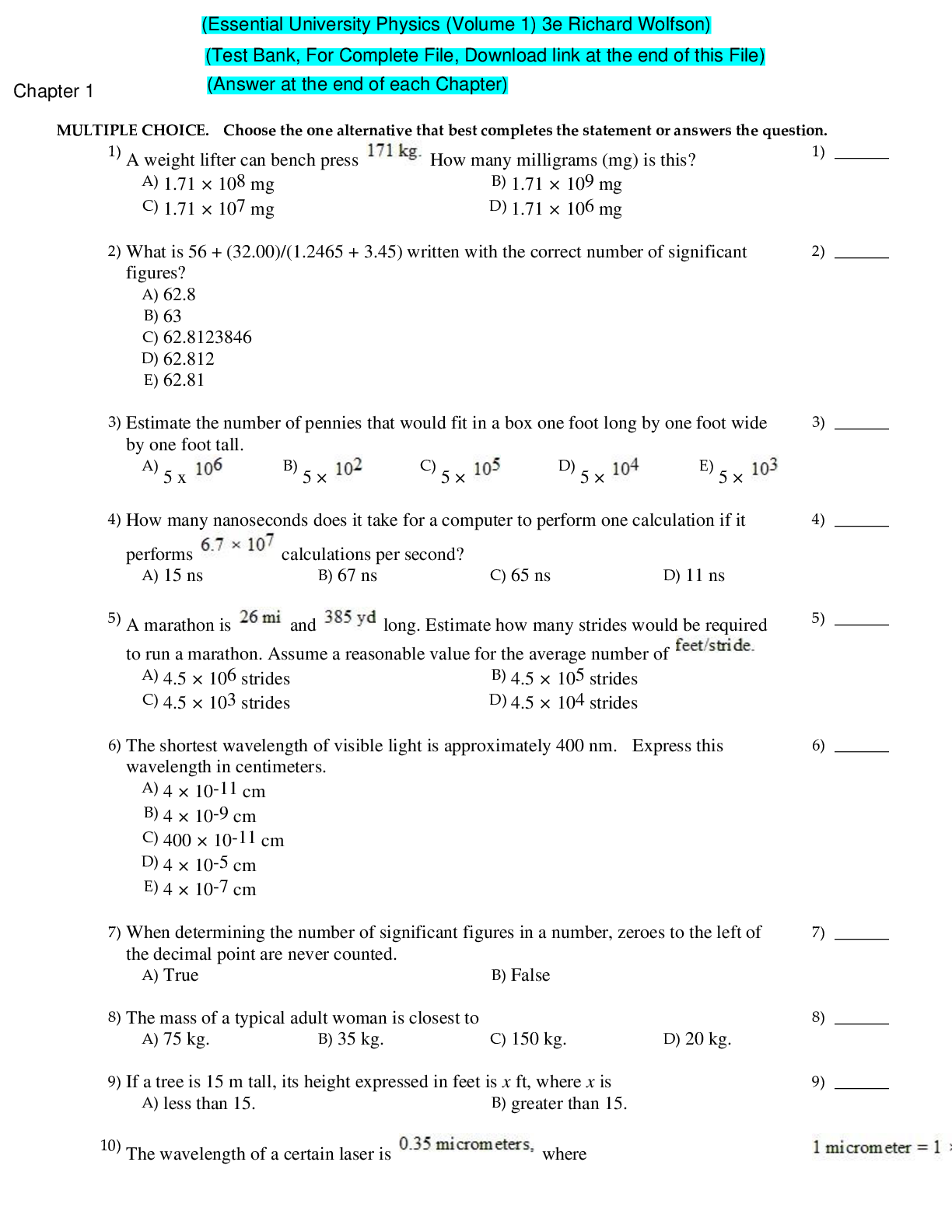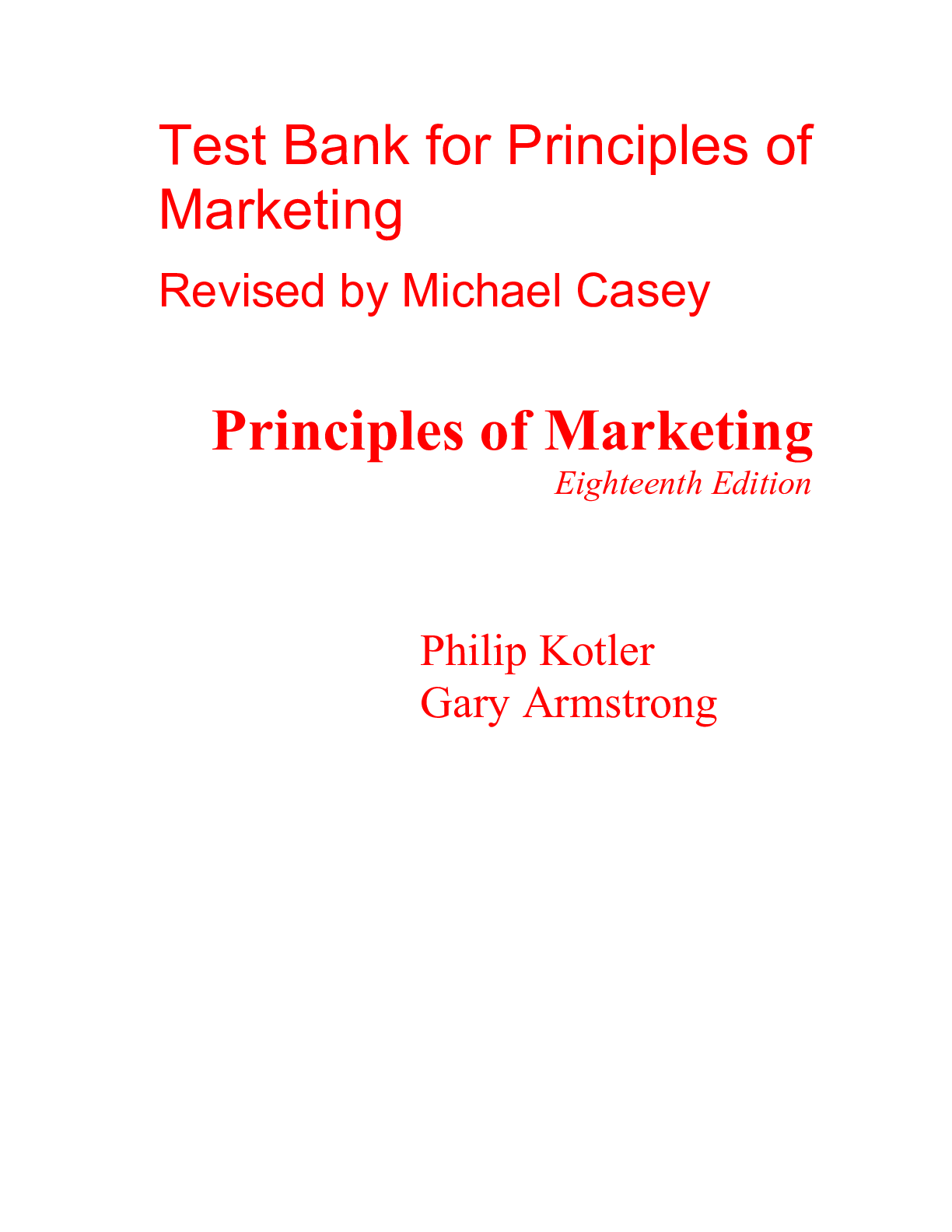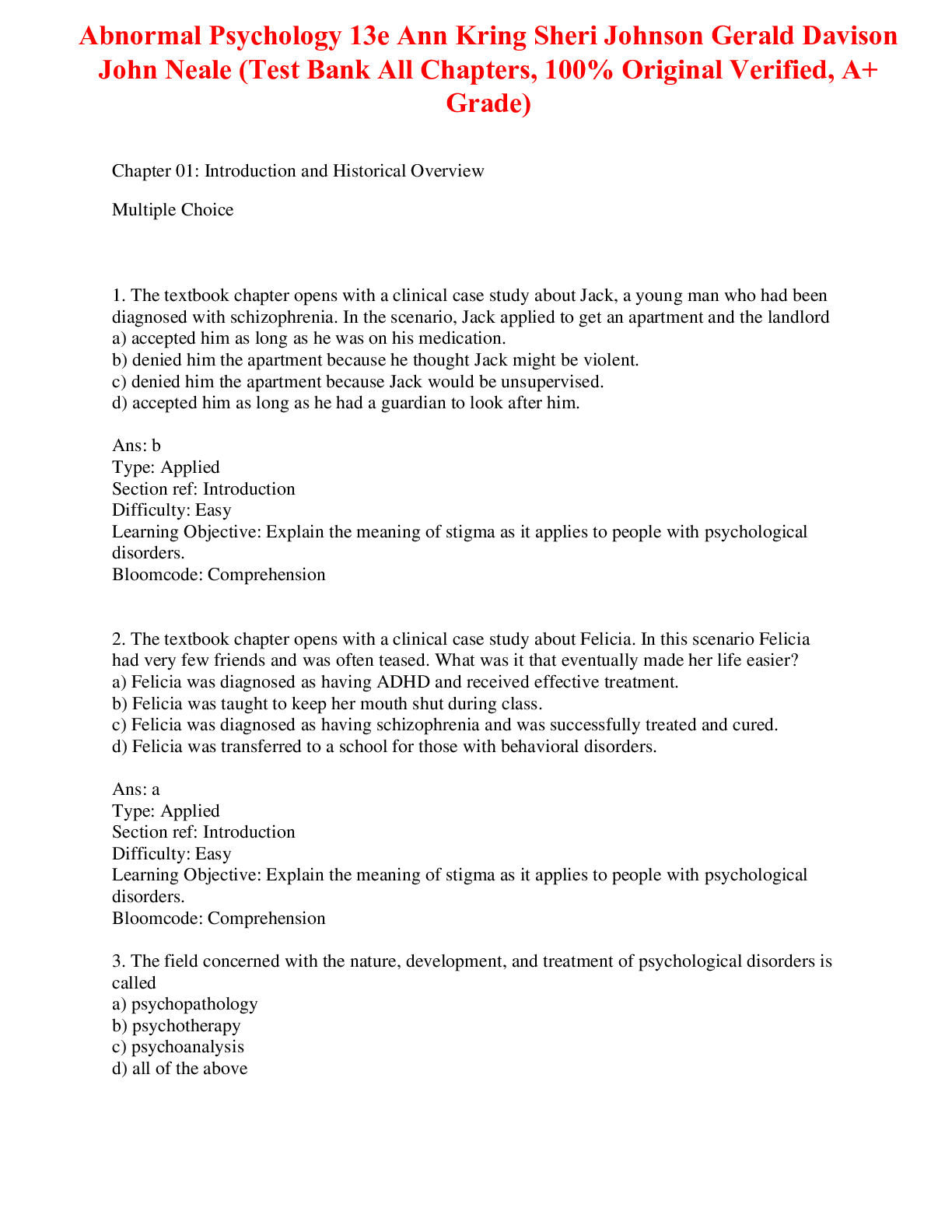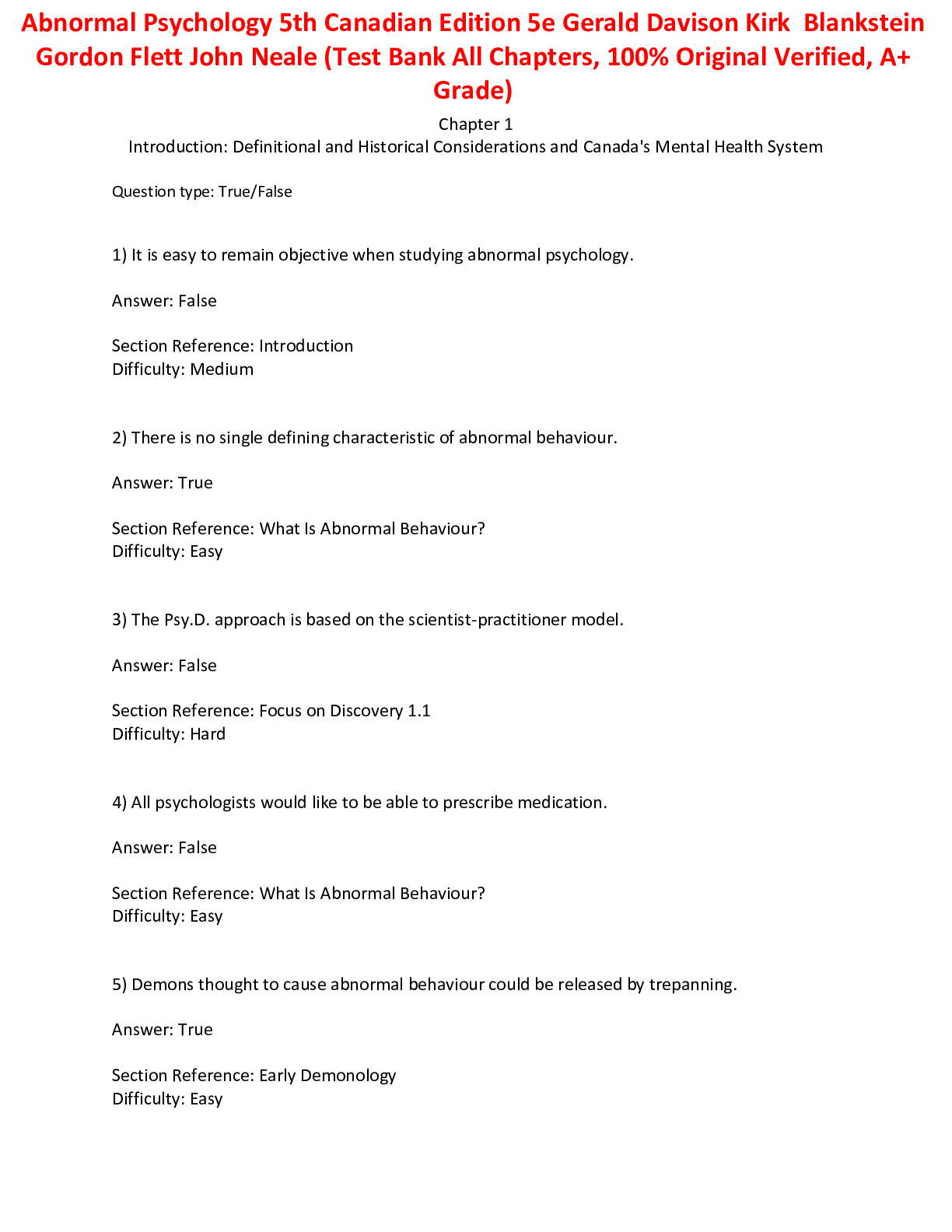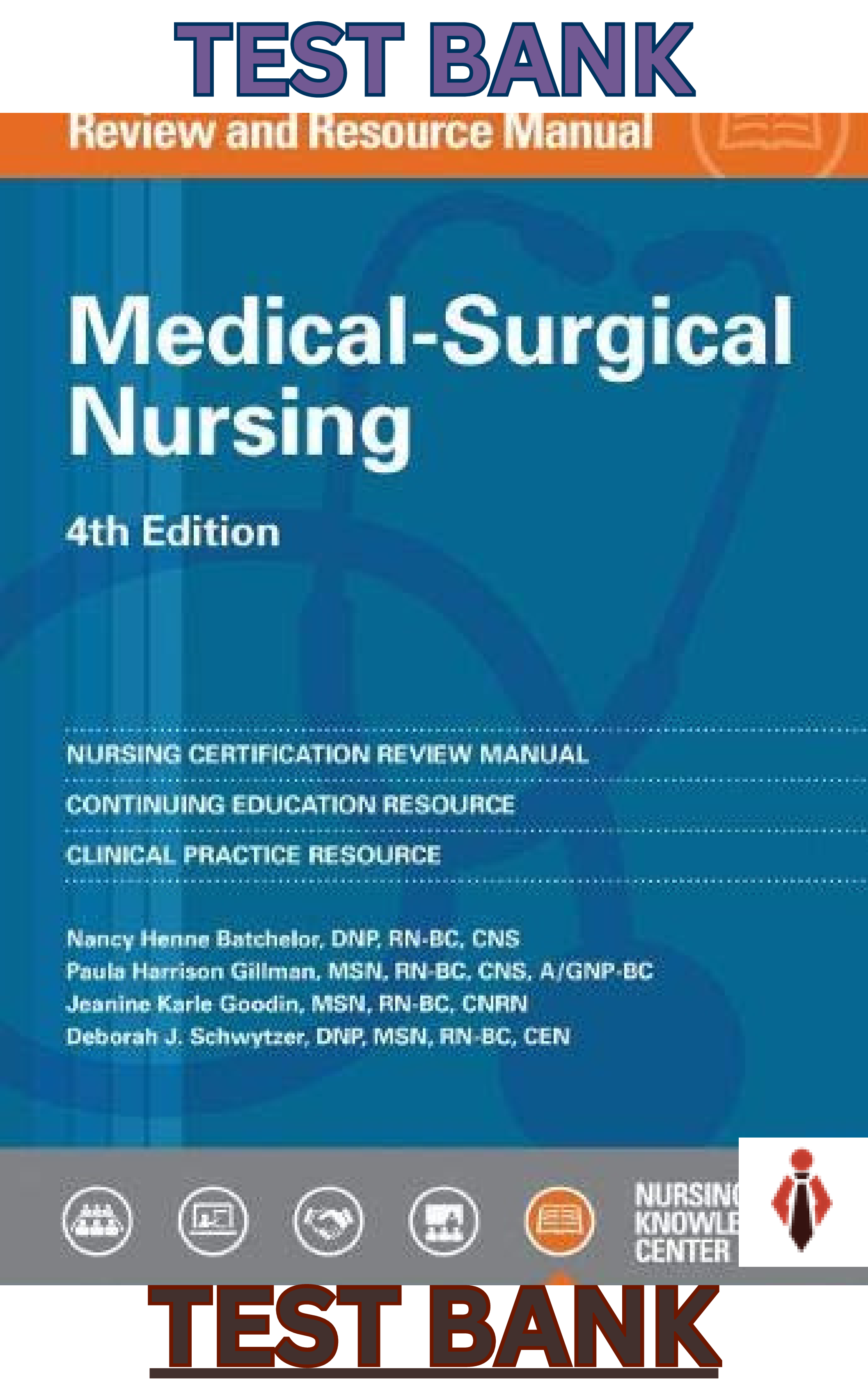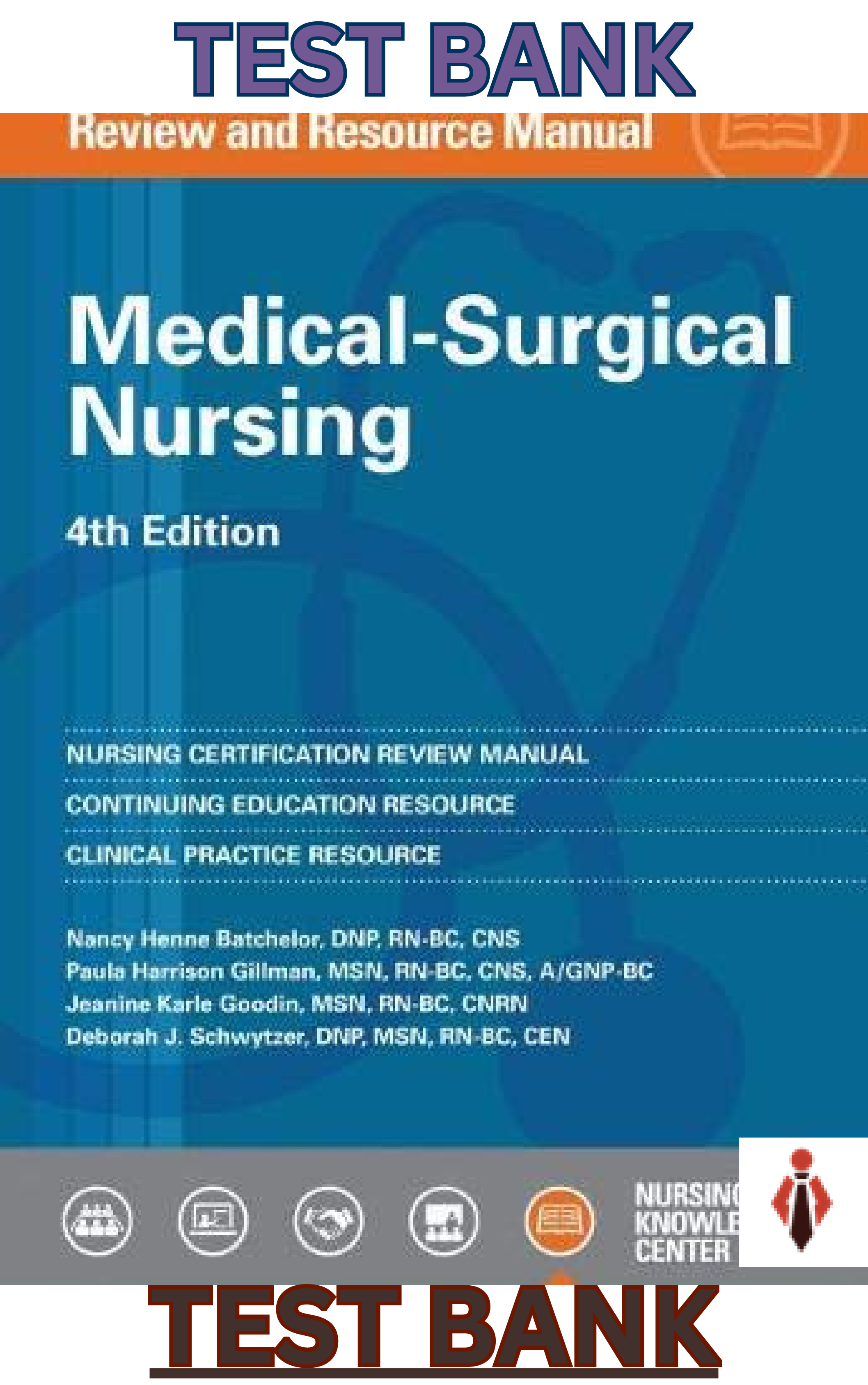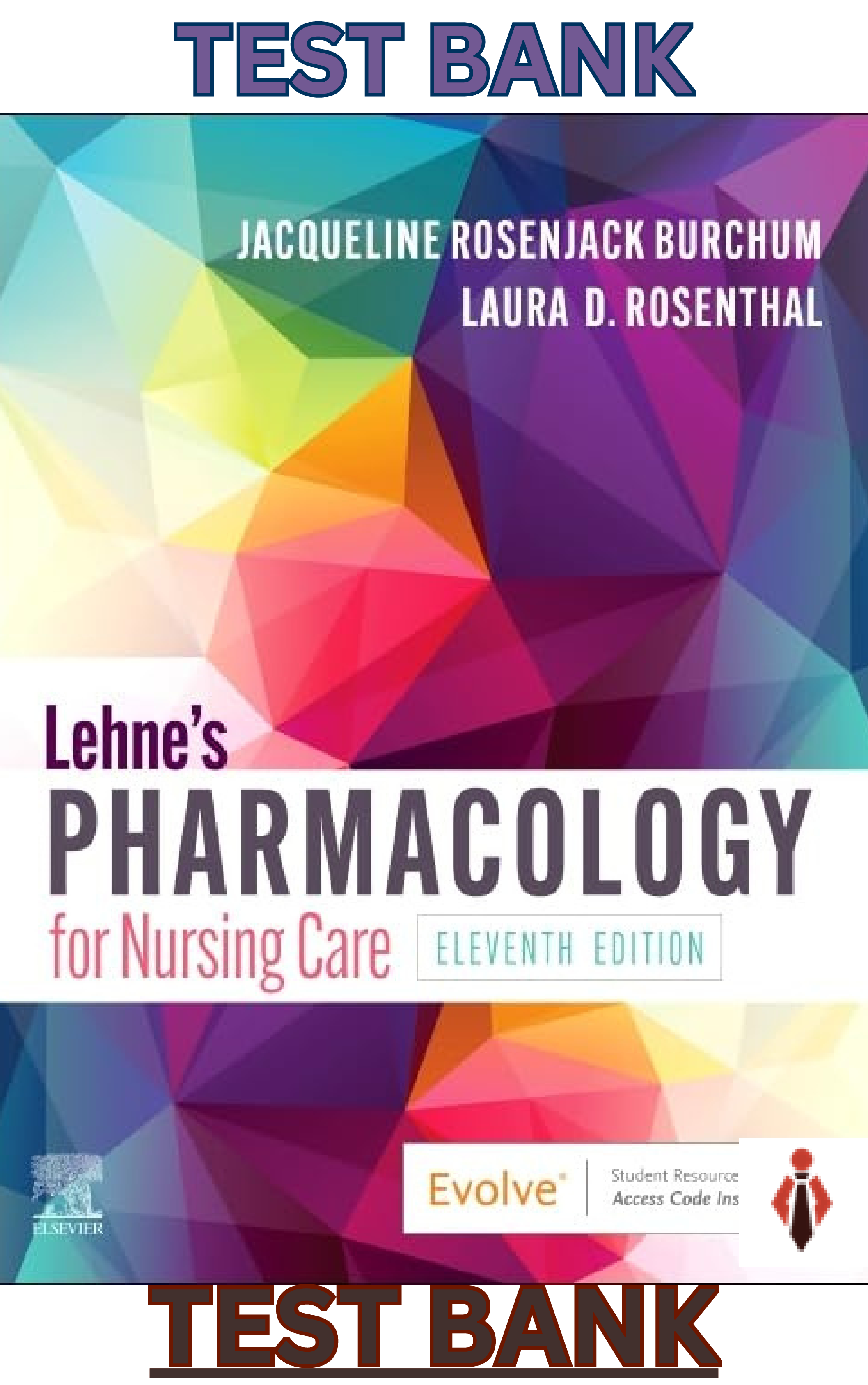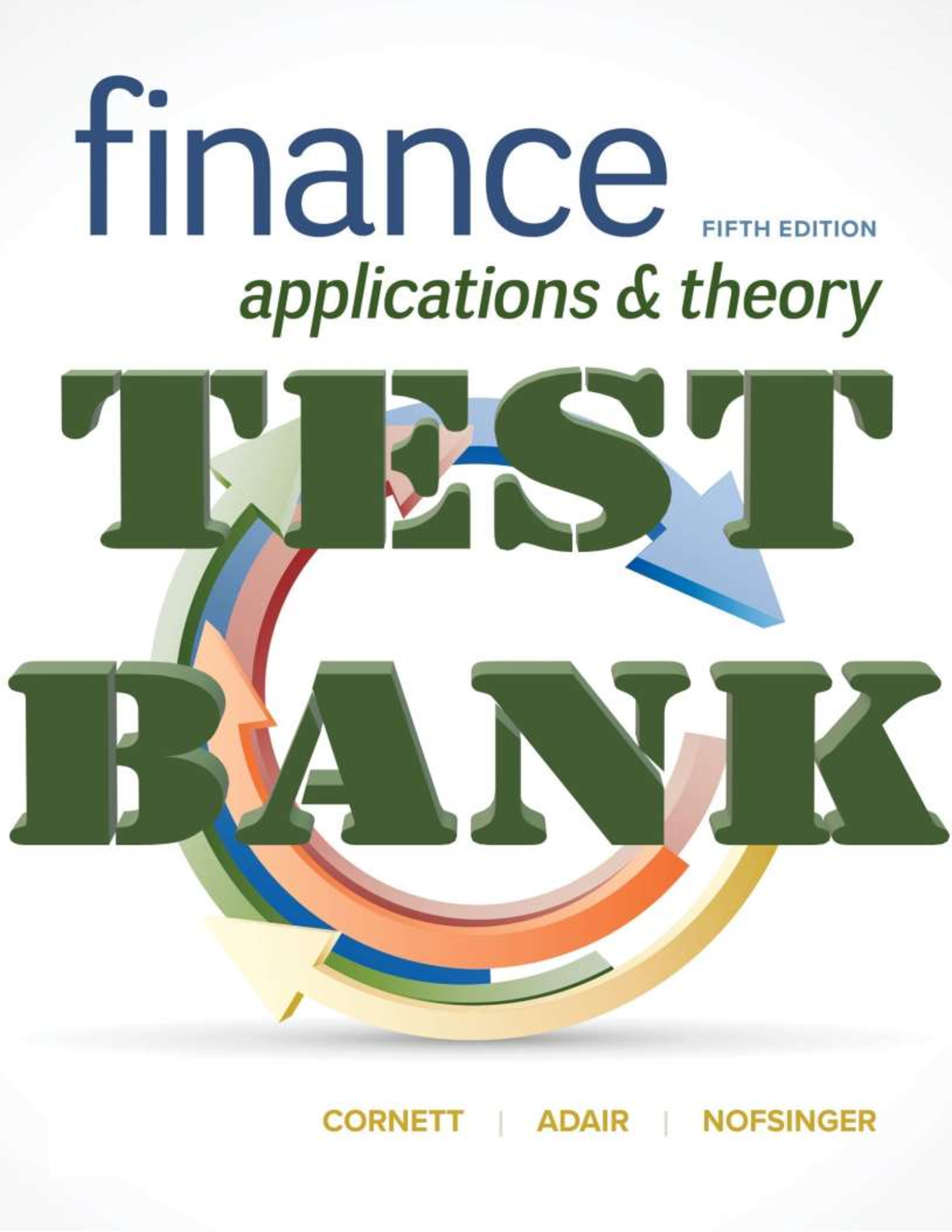Medical Studies > TEST BANK > TEST BANK FOR JOINT STRUCTURE AND FUNCTION 6TH EDITION BY LEVANGIE (All)
TEST BANK FOR JOINT STRUCTURE AND FUNCTION 6TH EDITION BY LEVANGIE
Document Content and Description Below
Chapter 2: Joint Structure and Function Multiple Choice 1. Which of the following statements is true concerning fibroblasts? A. They synthesize the extracellular matrix of connective tissue. B. Th... ey are not normally present in healthy connective tissue. C. They are responsible for breaking down bone tissue. D. They are circulating cells. ANS: A Rationale: Connective tissue is made of cells and extracellular matrix. Fibroblasts are a type of resident cell that not only serves a role as the cellular component but actually synthesizes the extracellular matrix in which the cells reside. Fibroblasts play a large role in the synthesis of collagen, which is the fibrillar component of most extracellular matrixes. 2. Which of the following statements is true concerning nutrition of articular cartilage? A. Articular cartilage can easily repair itself due to its very efficient and effective nutritional system. B. Nutrients are found in large proportions in the more superficial layers of articular cartilage. C. Nutrients from synovial fluid can pass into articular cartilage when external pressure is applied. D. All forms of joint loading will cause poor nutrition to articular cartilage. ANS: C Rationale: Articular cartilage in adults is highly porous, but compression is necessary to allow for fluid mechanics, which will provide nutrition to the multiple layers of the structure. Articular cartilage is devoid of blood vessels in adults, and the movement of fluids caused by intermittent compression and rest to the cartilage allows nutrients to be carried from the deeper layers, closer to the subchondral bone (where there is a blood supply), to the more superficial layers. 3. Which of the following statements is true concerning articular cartilage injury? A. A superficial laceration is capable of healing itself by filling in with fibrovascular tissue. B. A deep cartilage lesion does not extend beyond the tidemark. C. A deep laceration may heal by forming new fibrocartilage. D. A superficial lesion is likely to heal faster than a deep one. ANS: C Rationale: Unless an injury breaks through the uncalcified cartilage layer, known as the tidemark, it is unlikely that it will heal. If an injury breaks through this layer, it is likely that the blood supply from the subchondral bone may play a role in forming new fibrocartilage in place of hyaline cartilage. This may lead to endochondral ossification over time, but it is the only opportunity cartilage has for self-repair. 4. Which of the following best describes the structural composition of the extracellular matrix of bone? A. Glycosaminoglycans, glycoproteins, water, and proteoglycans B. Collagen fibers, glycosaminoglycans, water, and mineralized bone salts C. Collagen fibers, glycosaminoglycans, glycoproteins, water, proteoglycans, and mineralized bone salts D. Glycosaminoglycans, glycoproteins, water, proteoglycans, and unmineralized bone salts ANS: C Rationale: Each extracellular matrix has a combination of fibers (collagen) and an interfibrillar component (proteoglycans and glycoproteins). The proteoglycans can further be broken down into polysaccharide chains called glycosaminoglycans (GAGs). In addition to this normal combination of components, bone contains mineralized bone salts (calcium and phosphate crystals), which give this structure its hard surface. 5. Which of the following statements is true concerning the biomechanical properties of ligaments, if the rate of application of the force is increased? A. The ligament stores less energy to failure. B. The ligament requires more force to rupture. C. The ligament has decreased stiffness. D. The stiffness of the ligament is unchanged. ANS: B Rationale: All viscoelastic tissues exhibit rate-dependent properties that cause a change in tissue behavior based on rate of application of a force. When viscoelastic materials are loaded rapidly, they exhibit greater resistance to deformation than when loaded more slowly and require more force to failure than when loaded more slowly. NARRBEGIN: Figure 2-6 NARREND 6. For the stress-strain curve in Figure 2-6, identify the point of ultimate failure. A. Point A B. Point B C. Point C D. Point D ANS: D Rationale: The point of ultimate failure occurs at the end of the plastic region when the material has undergone maximal deformation and has ruptured. NAR: Figure 2-6 NARRBEGIN: Figure 2-7 7. The plastic portion of the stress-strain curve pictured above lies between: A. Point A and point B B. Point A and point D C. Point B and point D ANS: C Rationale: This is the region of the stress-strain curve where permanent deformation takes place. [Show More]
Last updated: 1 year ago
Preview 1 out of 12 pages
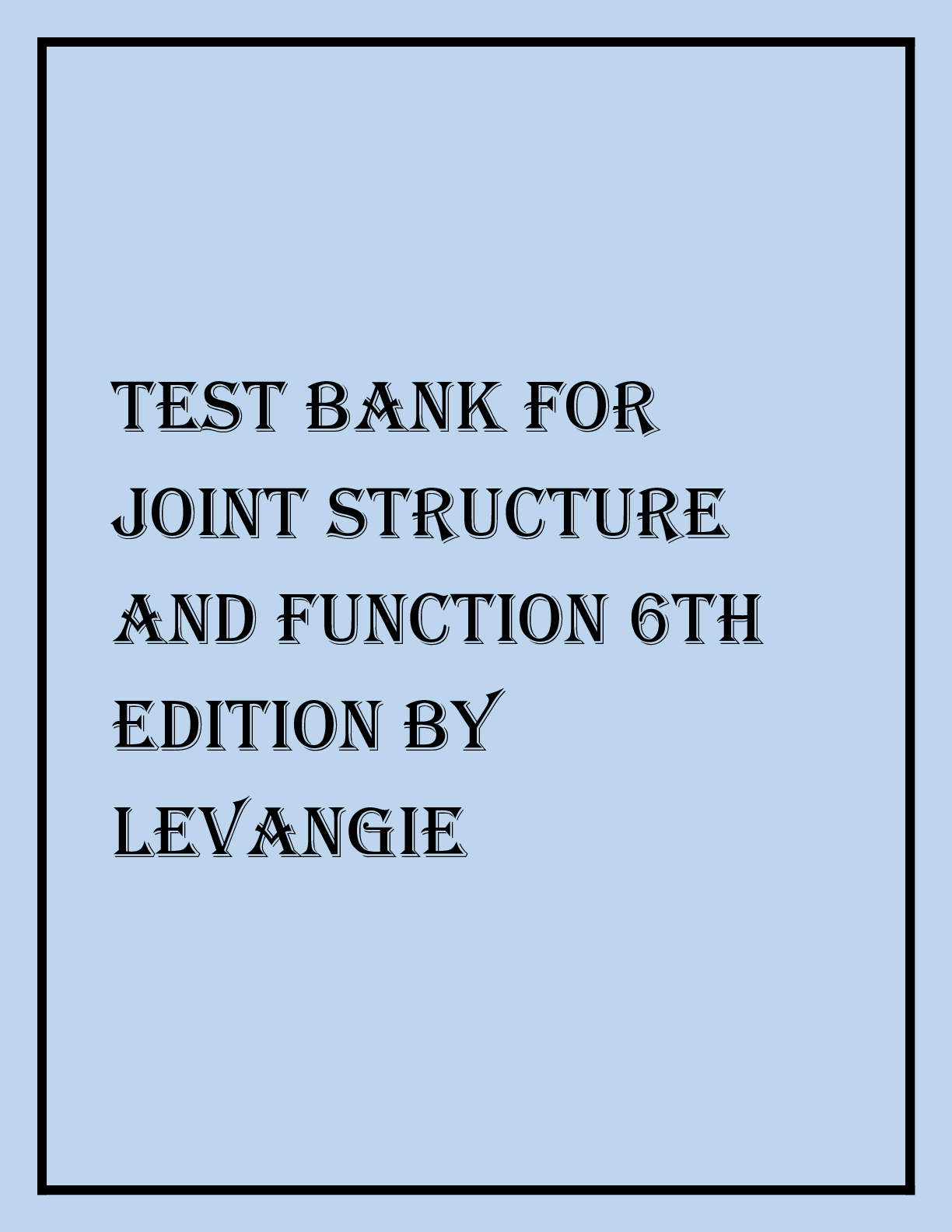
Reviews( 0 )
Document information
Connected school, study & course
About the document
Uploaded On
Dec 29, 2022
Number of pages
12
Written in
Additional information
This document has been written for:
Uploaded
Dec 29, 2022
Downloads
0
Views
50


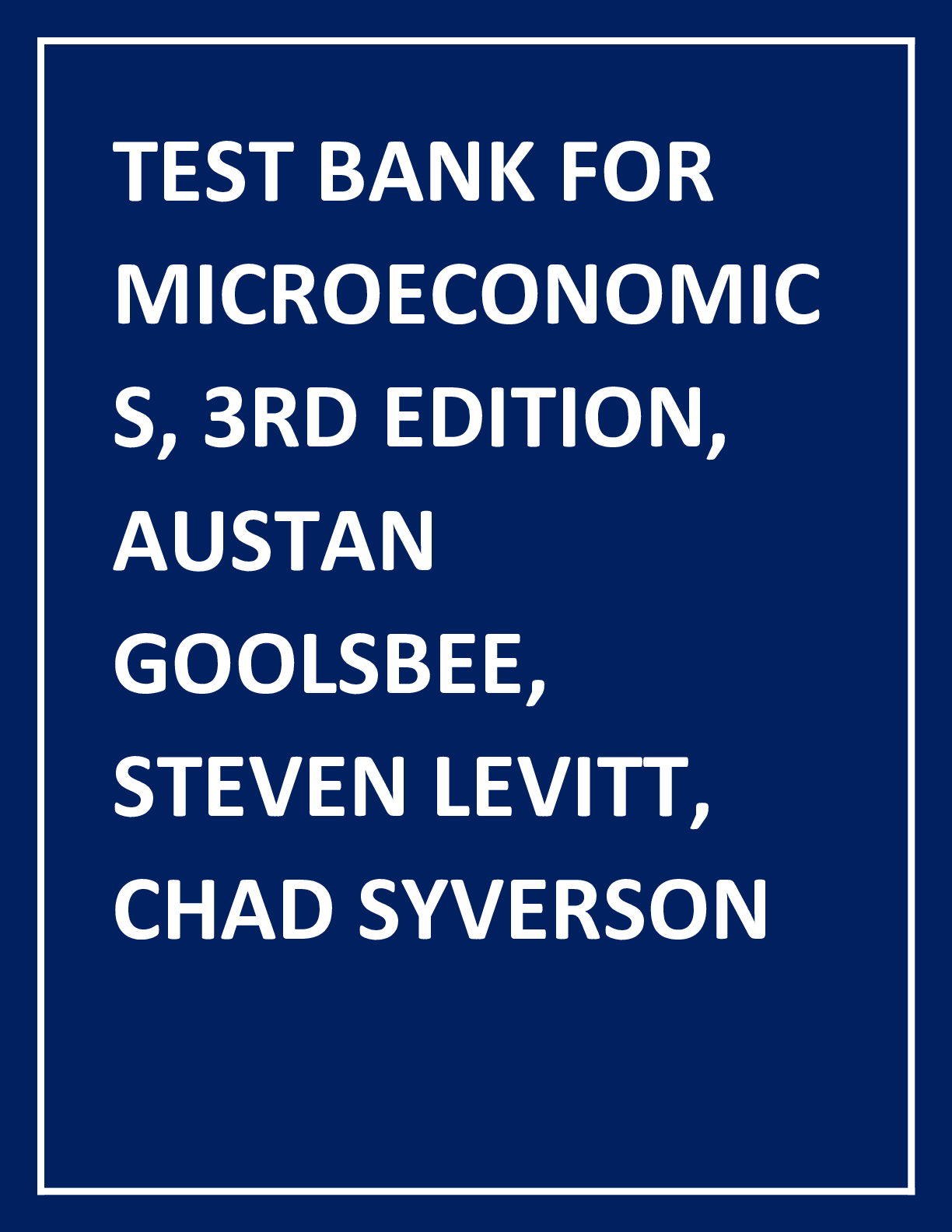
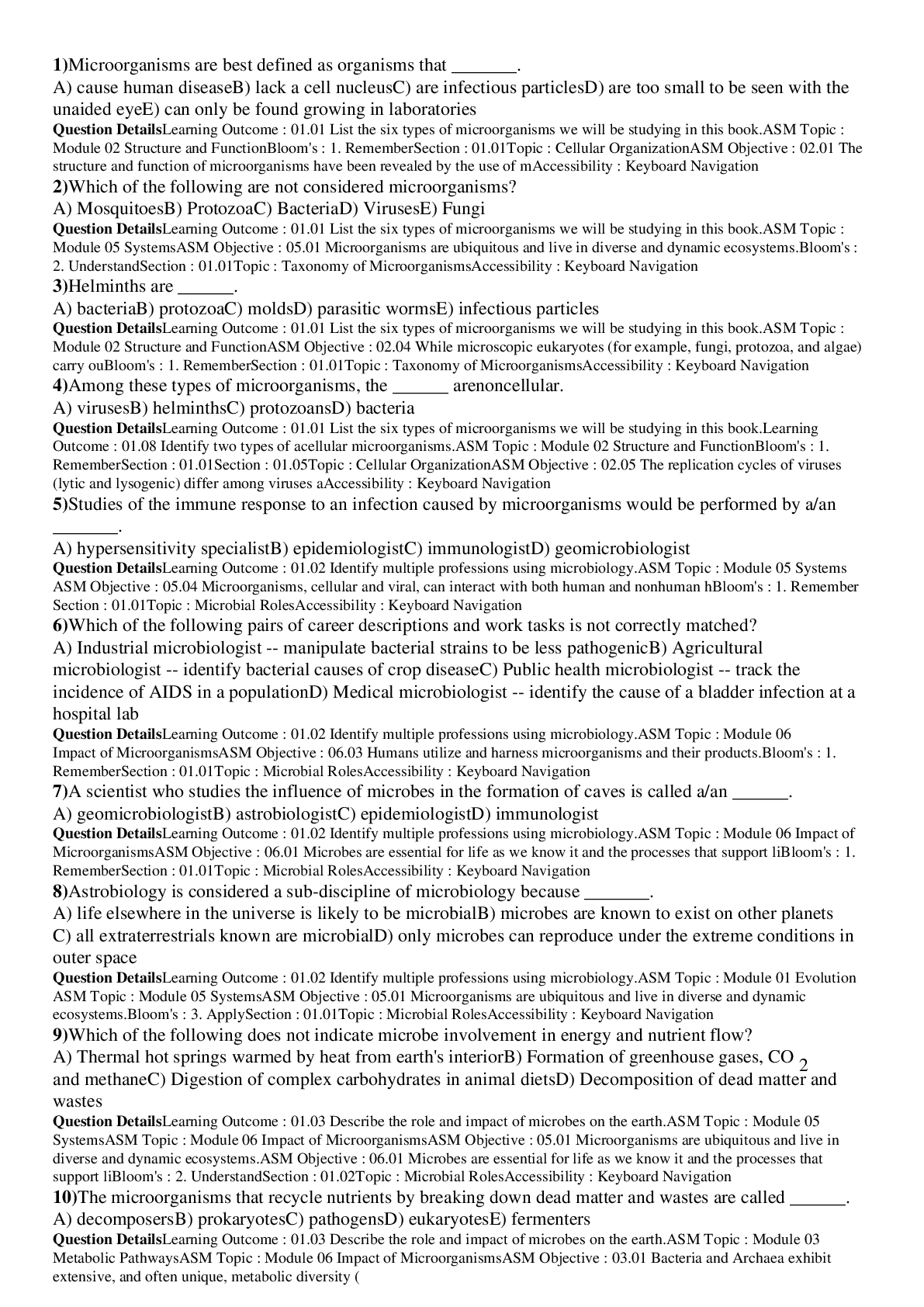
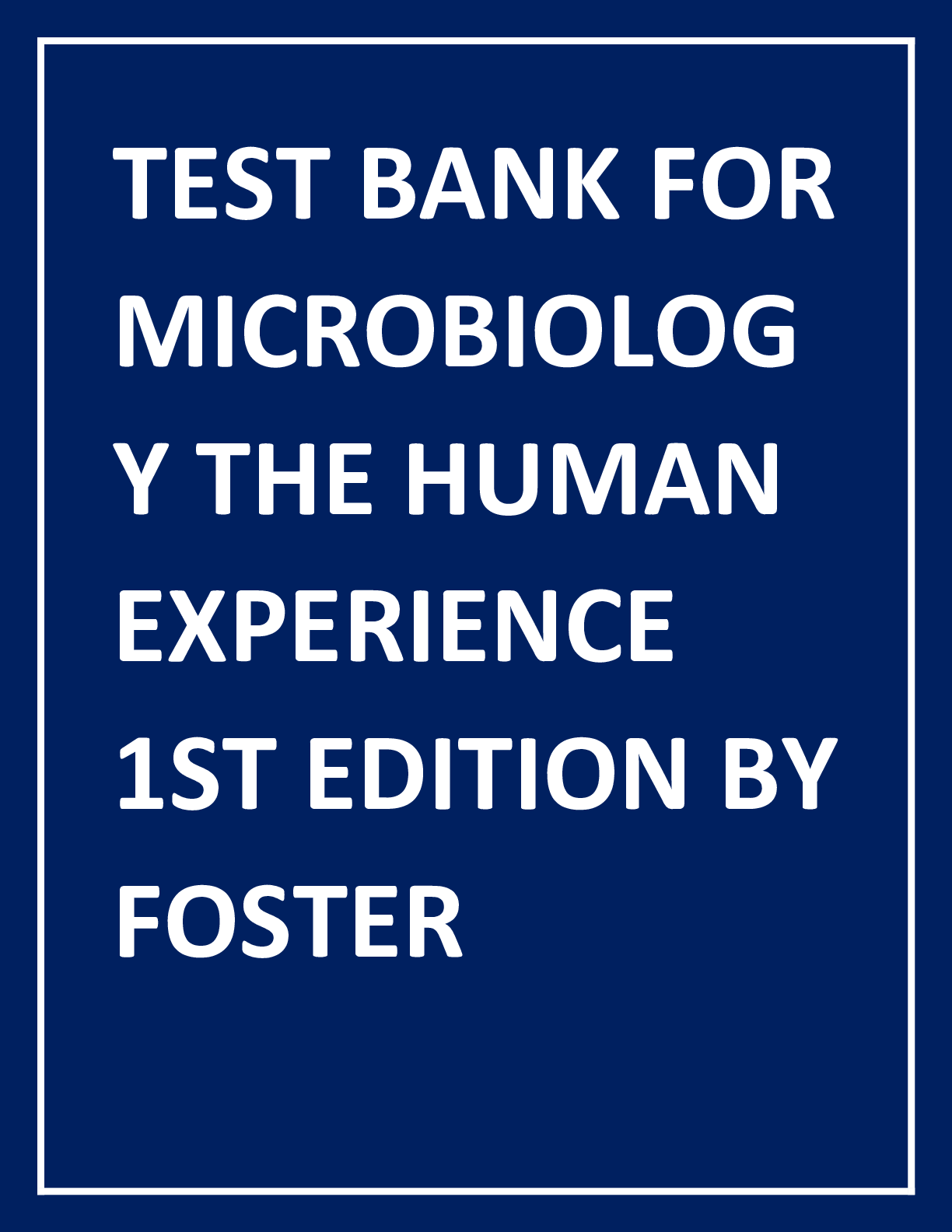
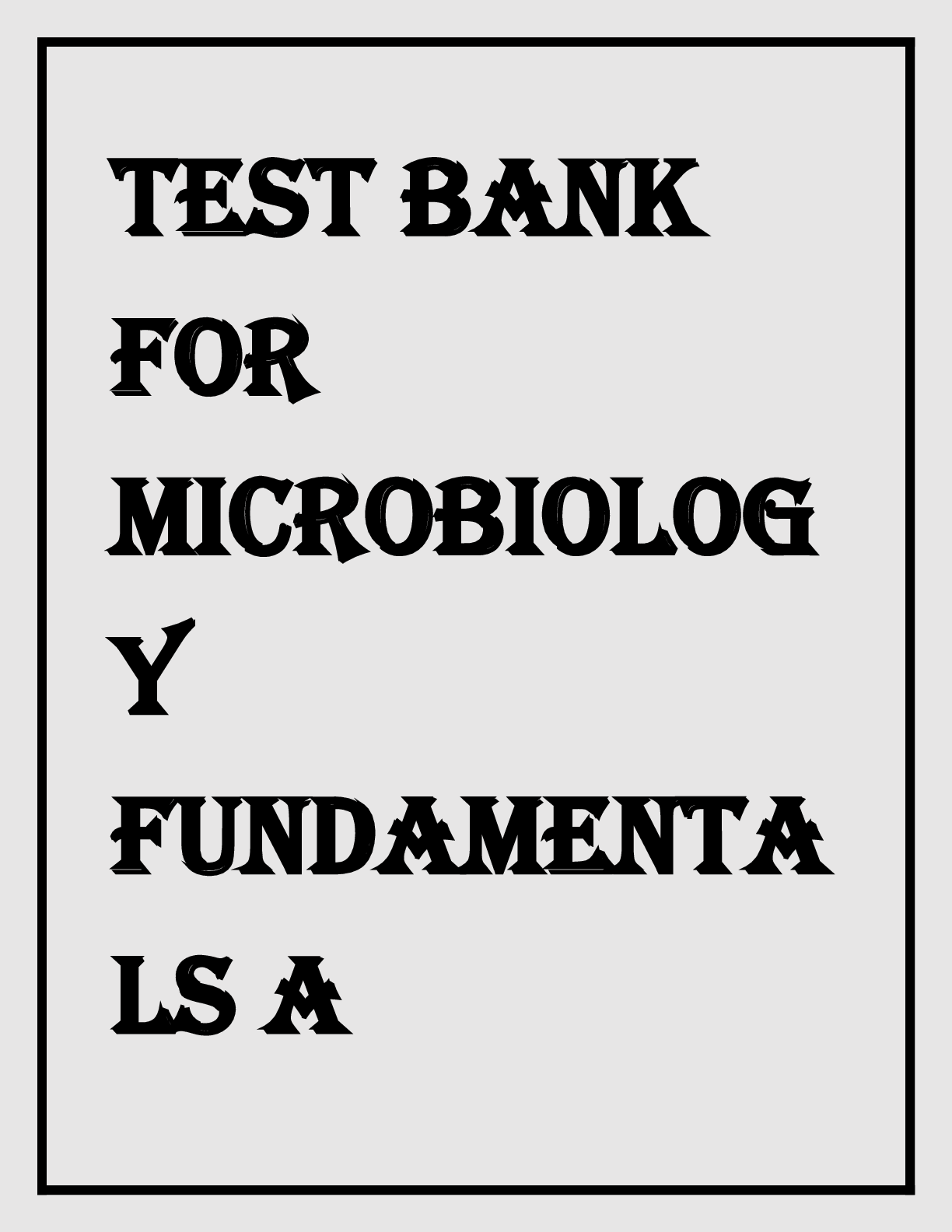
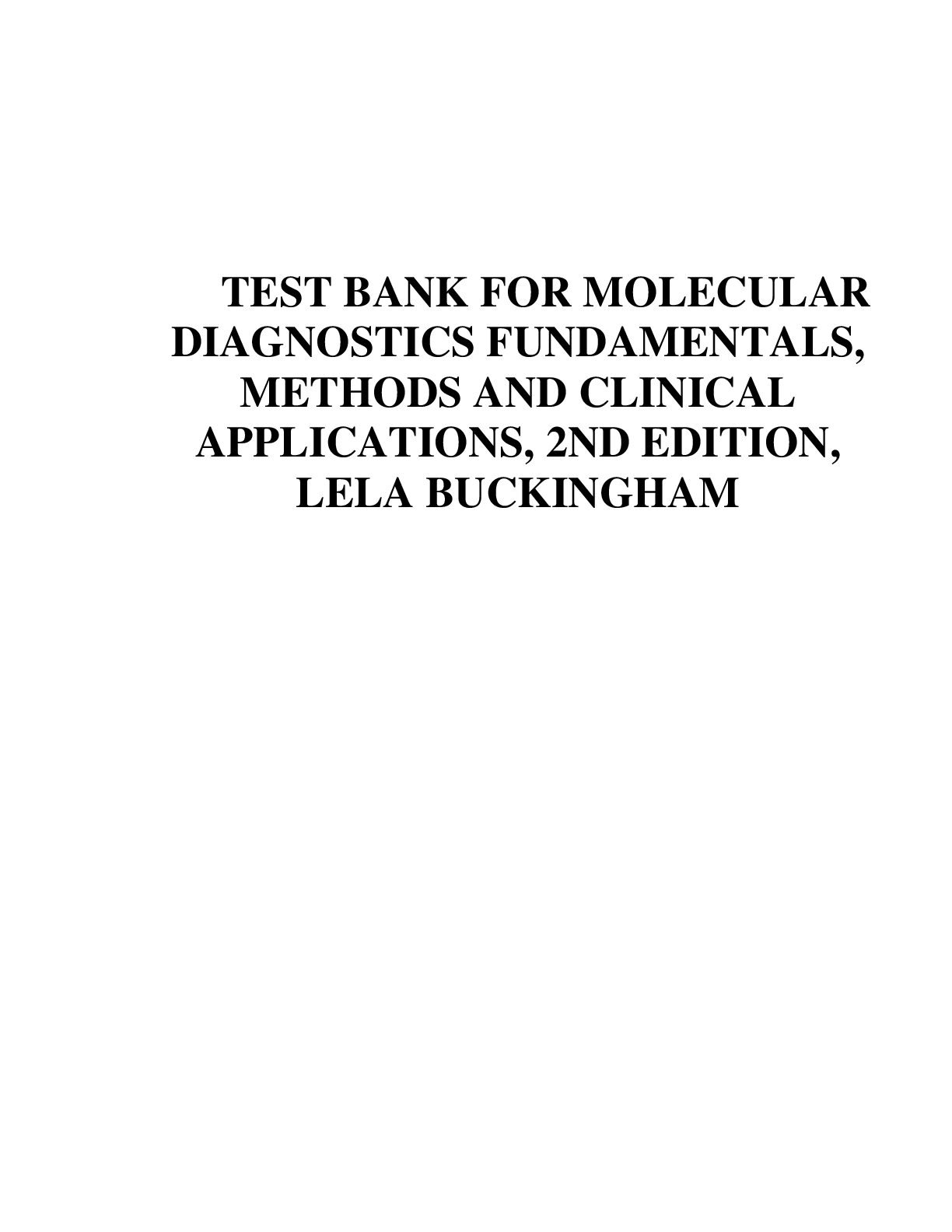

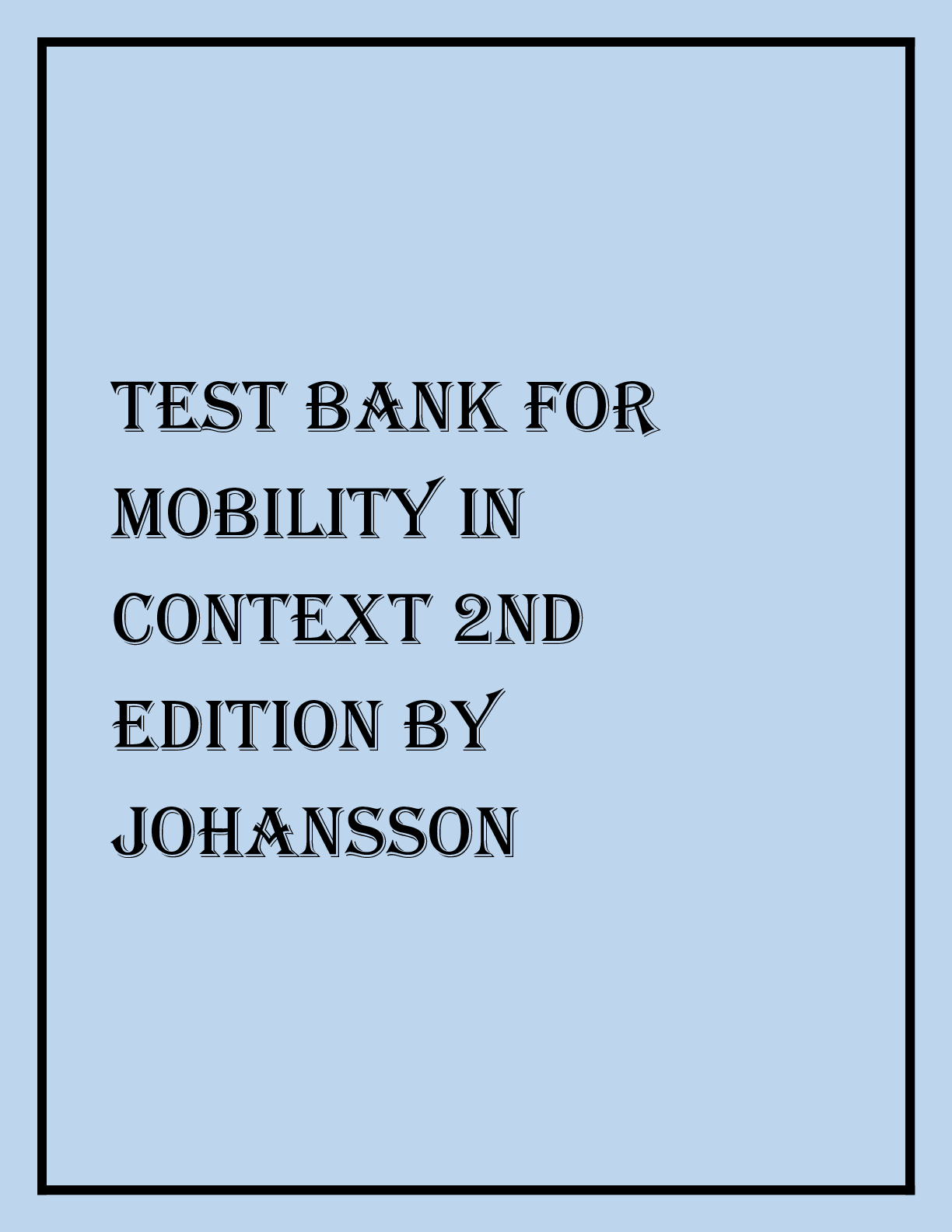


.png)
